One of the most frequently asked questions in the ham radio community is about the distance one can cover on various radios, bands, and frequencies. Today, we’ll explore an interesting story that illustrates how far communication can reach on the 10-meter band.
Recently, an article on the ARRL website featured a Florida ham operator who made contact 100 miles apart via a 10-meter repeater in Switzerland. Initially, the title seemed confusing since Switzerland is significantly farther than 100 miles from Tampa. However, the article clarified that the operator, Lou Romero (W4LT), knew the 10-meter band was open because he could hear FM repeaters.
10 meters is unique as it's the only HF band that permits FM transmissions. Although FM repeaters are rare, they exist around the world. For instance, there's one in North Texas that Lou has communicated through several times.
On October 23rd, Lou noted that the 10-meter band was open. With his Flex Radio 6400 and a C32 XR Beam antenna at 108 feet, he managed to receive a repeater signal from New York City. Usually, he picks up KQ2H repeater signals from New York while in Tampa, Florida. On this particular day, he detected a stronger signal 10 kHz above the usual spot.
Equipped with 75 watts and his beam antenna, Lou managed to contact a Swiss ham, Renee (HB3XVR), via a 70 cm link repeater in Switzerland. This setup allowed him to talk to another US ham, David (WA3LXD), through the Swiss repeater. They were 100 miles apart in Florida but connected via Switzerland, showcasing the incredible reach of ham radio communication.
What Makes This Possible?
The key to such long-distance communication lies in the combination of a high-powered radio, a well-placed antenna, and favorable atmospheric conditions. High-frequency bands, like 10 meters, can carry signals far beyond normal VHF and UHF ranges when the propagation is good.
In ham radio, the thrill often comes from the challenge of making distant contacts, known as DXing. Using high-quality equipment, like the Flex Radio 6400, and strategically placed antennas can significantly enhance communication reach. Lou’s setup, including his high-mounted beam antenna, made a crucial difference in his ability to communicate over such vast distances with relatively modest power.
How Can You Start?
To experience similar long-distance communication, you don’t necessarily need to replicate Lou’s setup exactly. Start with a good quality HF radio and an effective antenna system. Ensure your antenna is as high as possible and oriented correctly. Monitor the band conditions, particularly the 10-meter band, for signs of activity.
Join the Fun
If you’re new to ham radio or looking to upgrade your equipment, consider investing in a reliable HF radio and a directional beam antenna. Such equipment can open up new possibilities in your ham radio journey, allowing you to make contacts across continents.
Tune into the 10-meter band, especially during favorable solar cycles, and see how far you can reach. You might be surprised by the distances you can cover and the new friends you can make across the globe.
Conclusion
Ham radio offers endless opportunities for long-distance communication, especially on bands like 10 meters. With the right equipment and favorable conditions, you can connect with operators far beyond your local area. Keep experimenting, stay curious, and enjoy the thrill of ham radio.
Turn on your radios, explore the bands, and enjoy the vast world of ham radio communication!

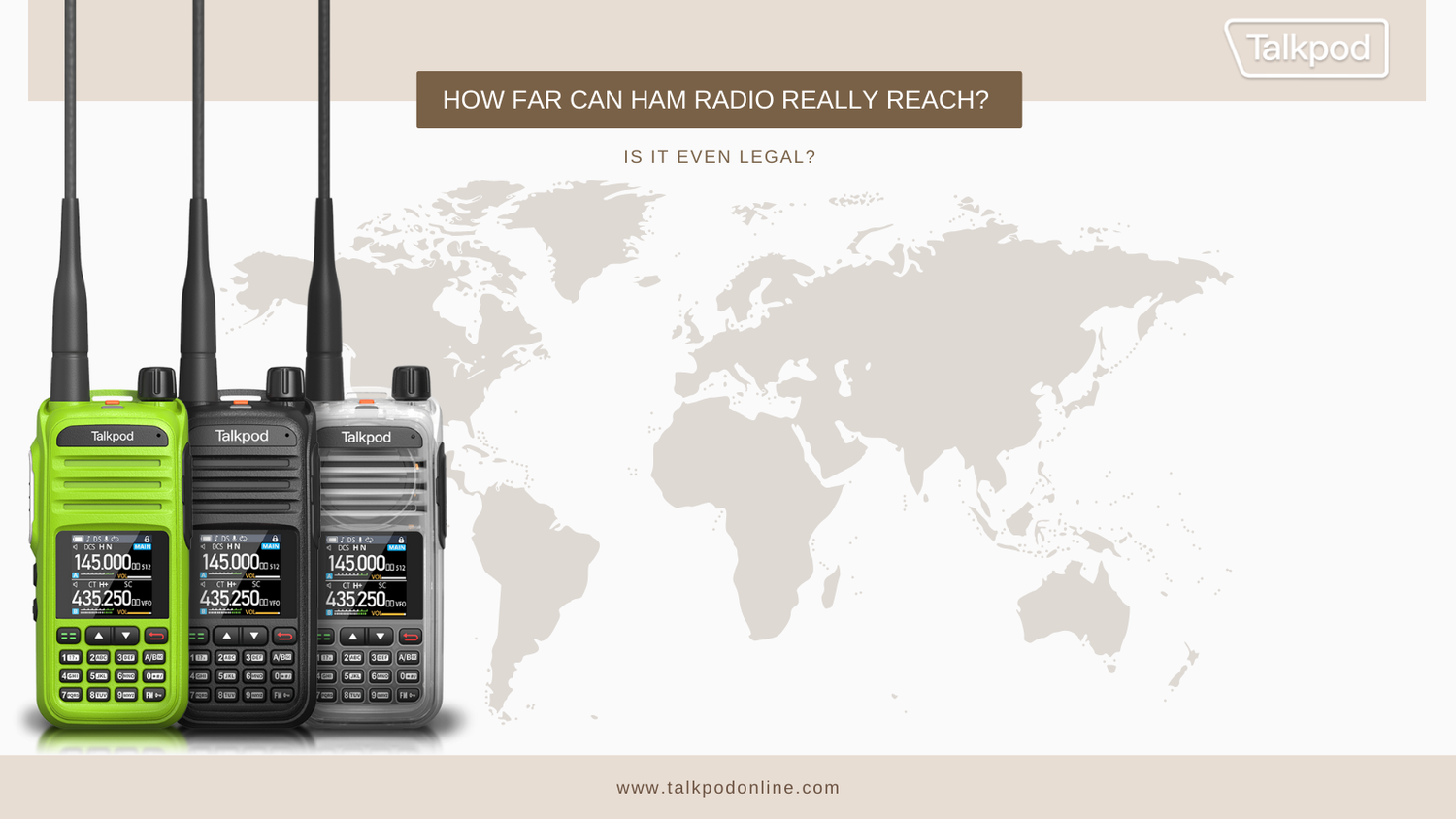

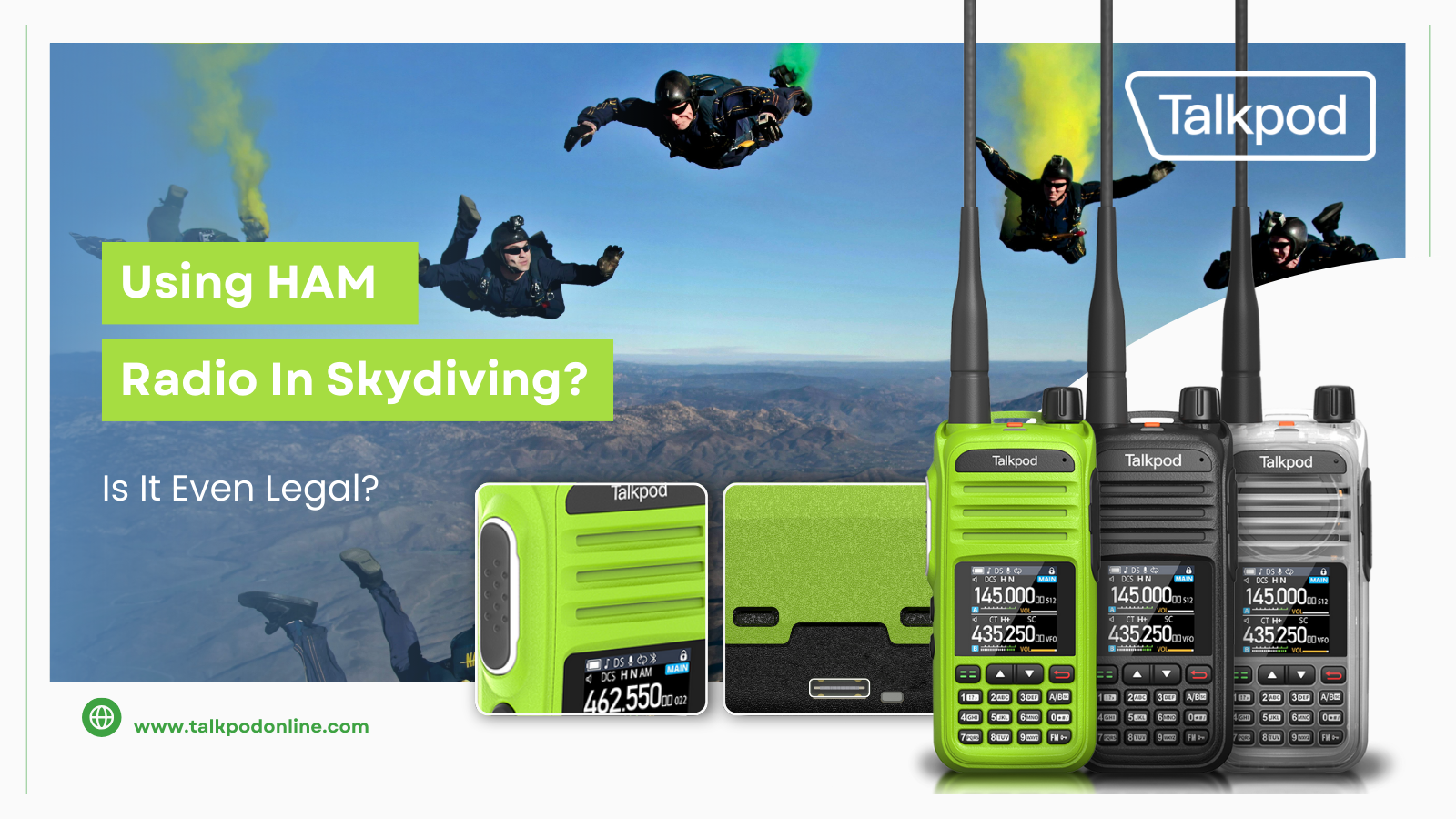
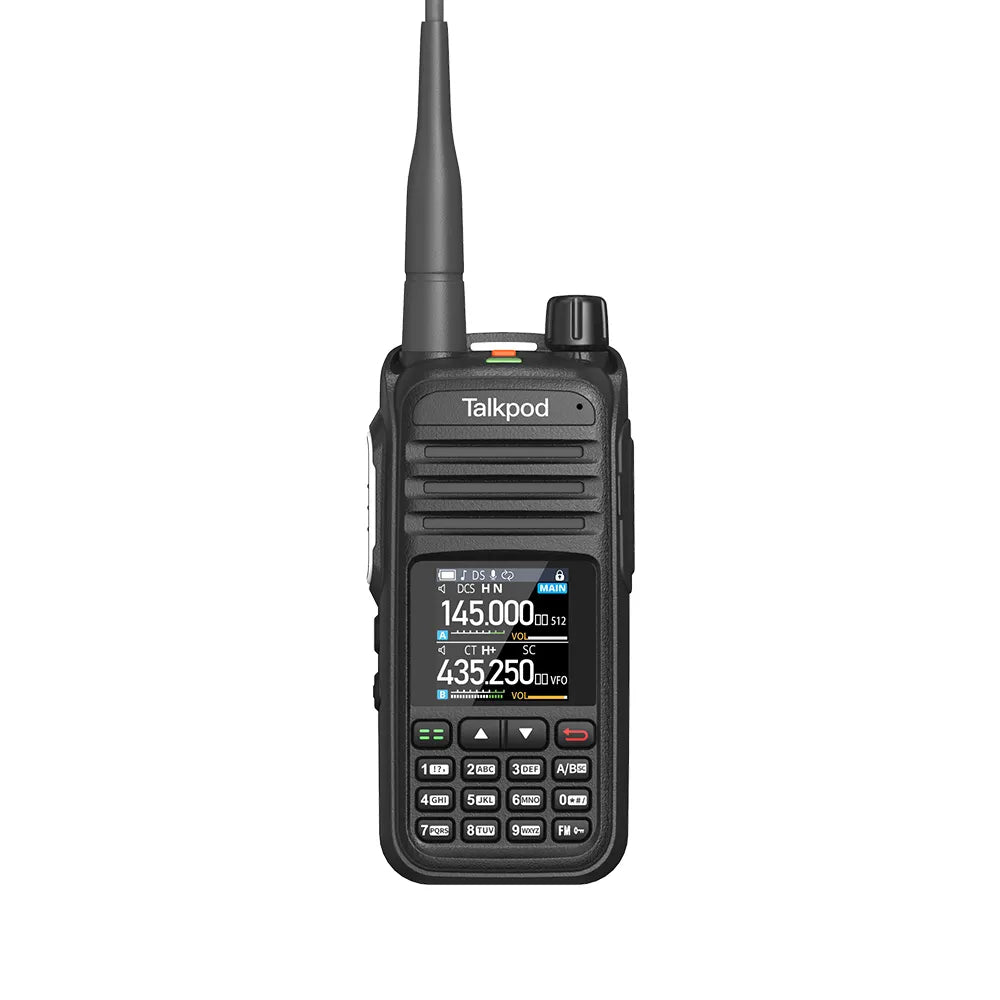
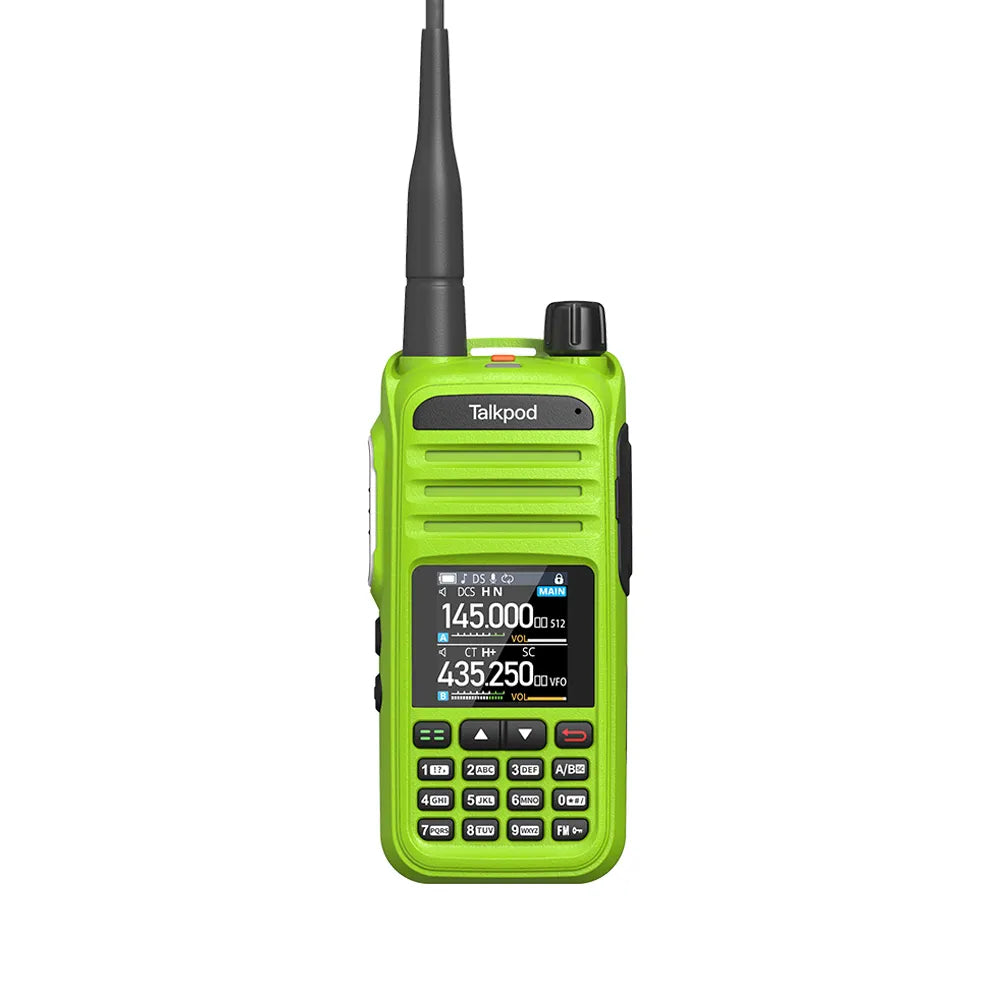
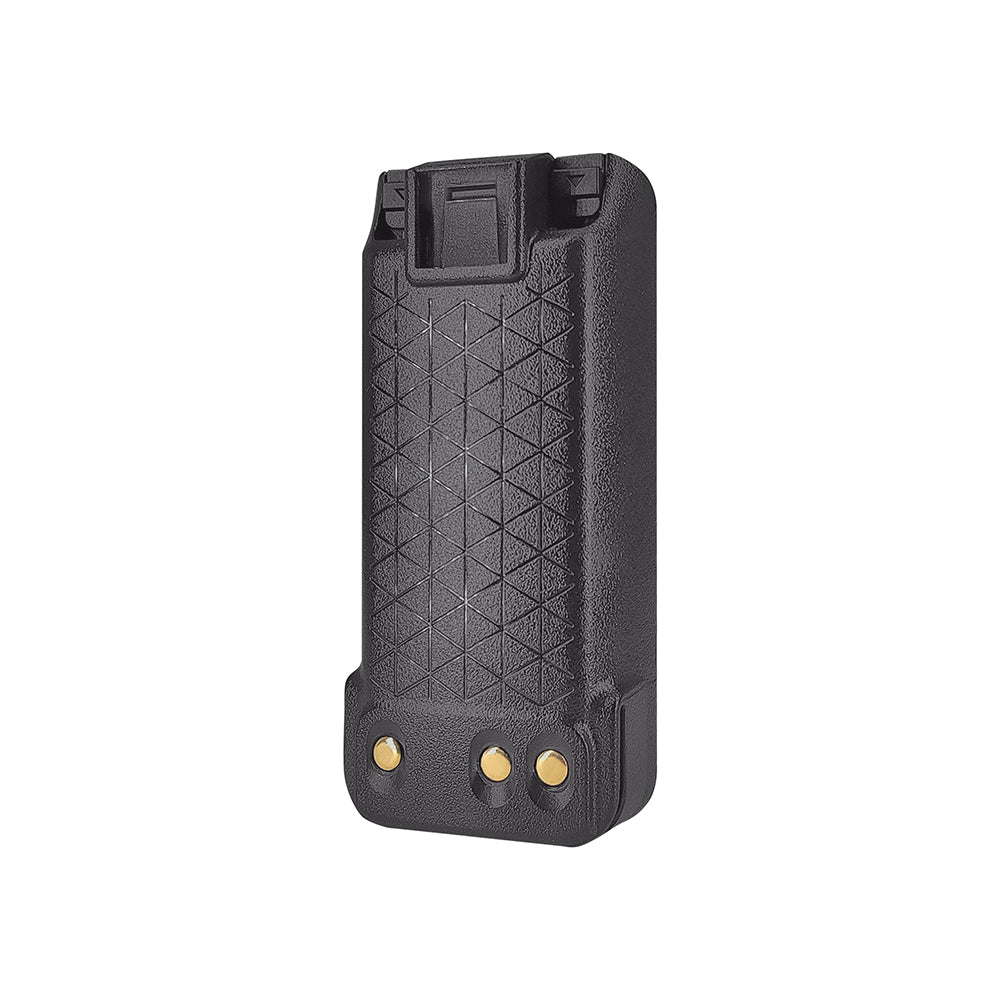
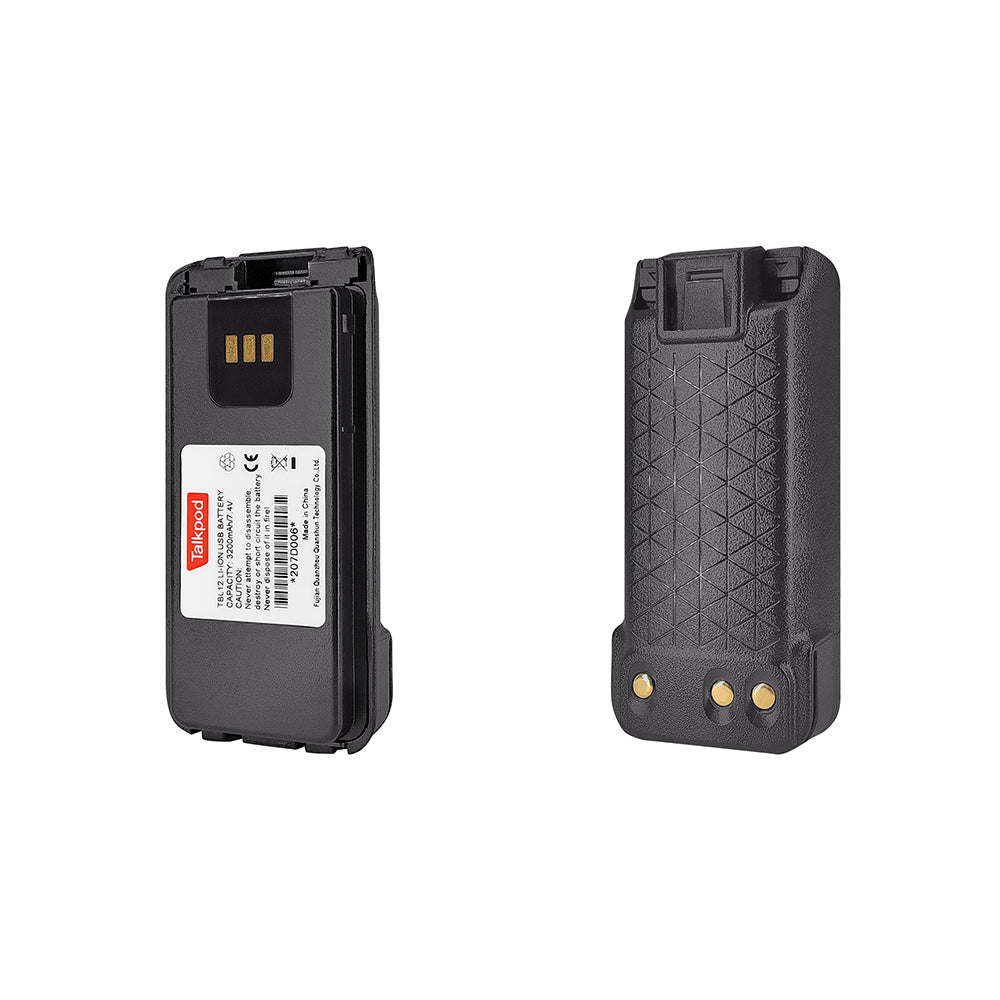
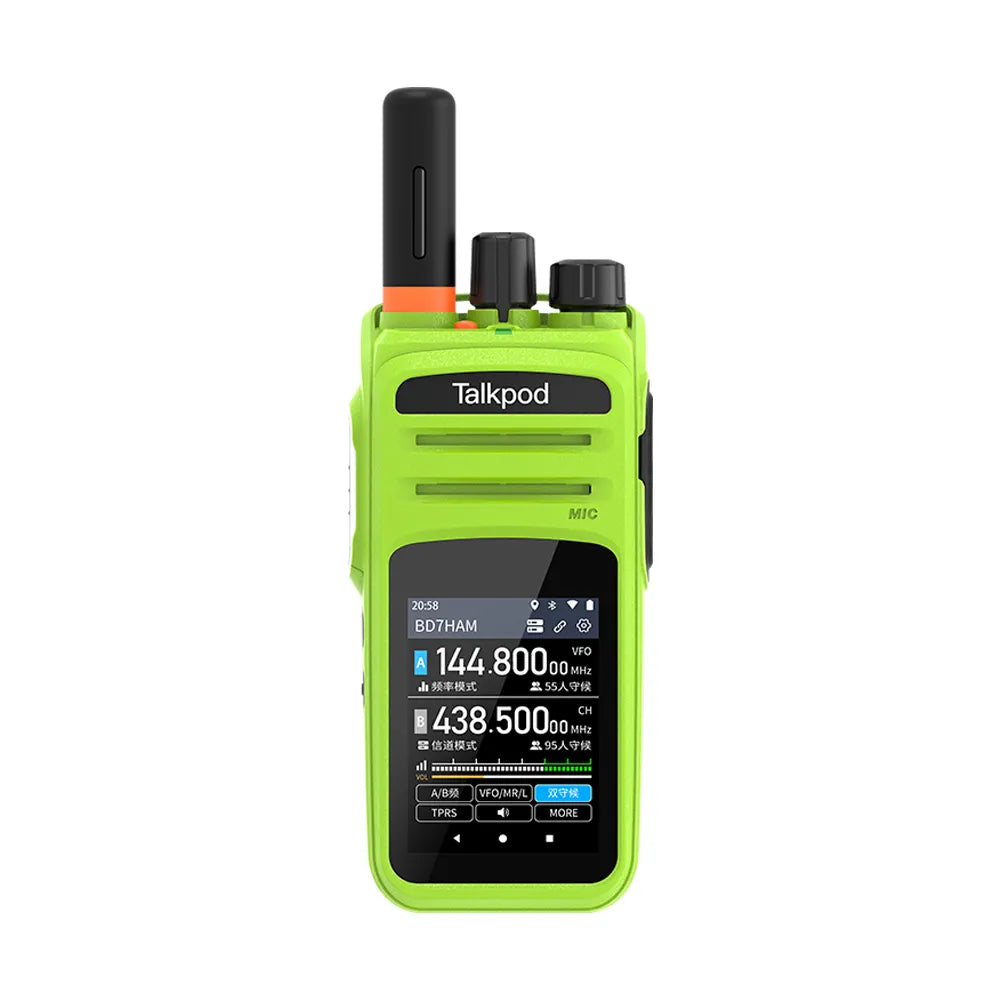
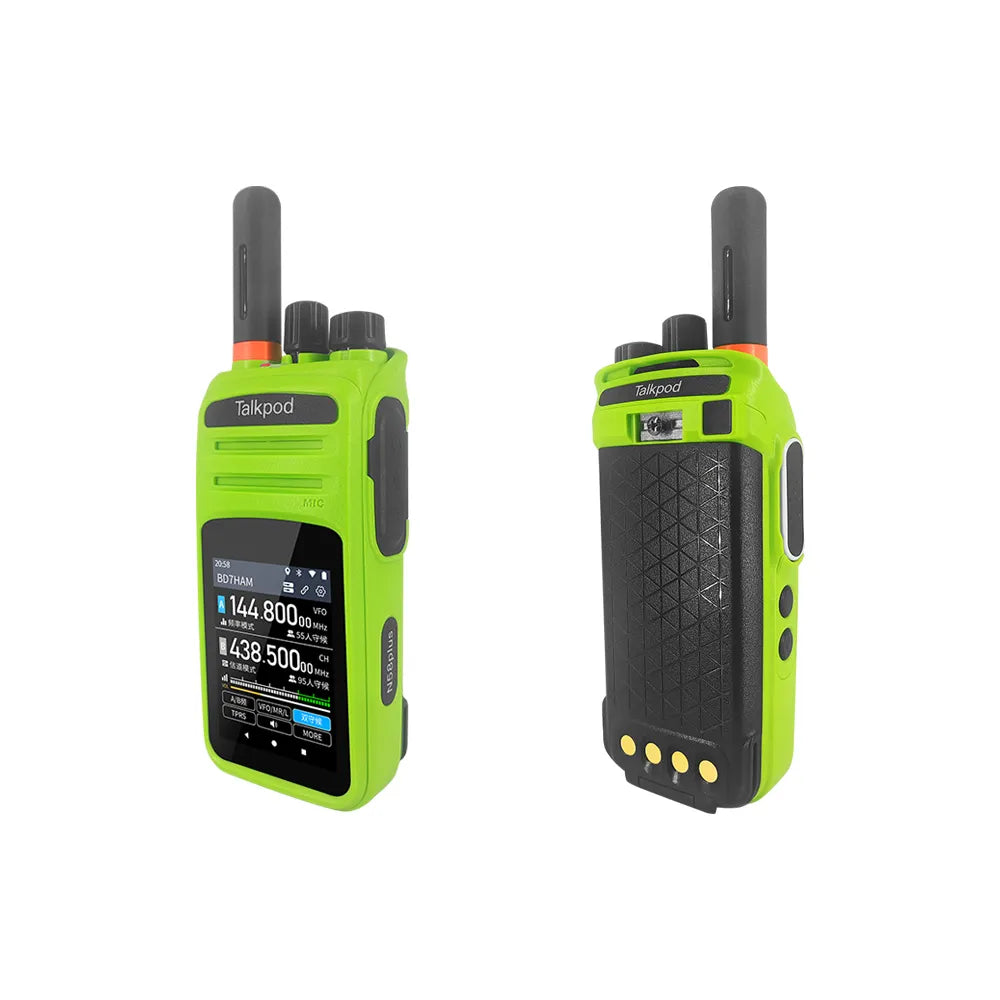
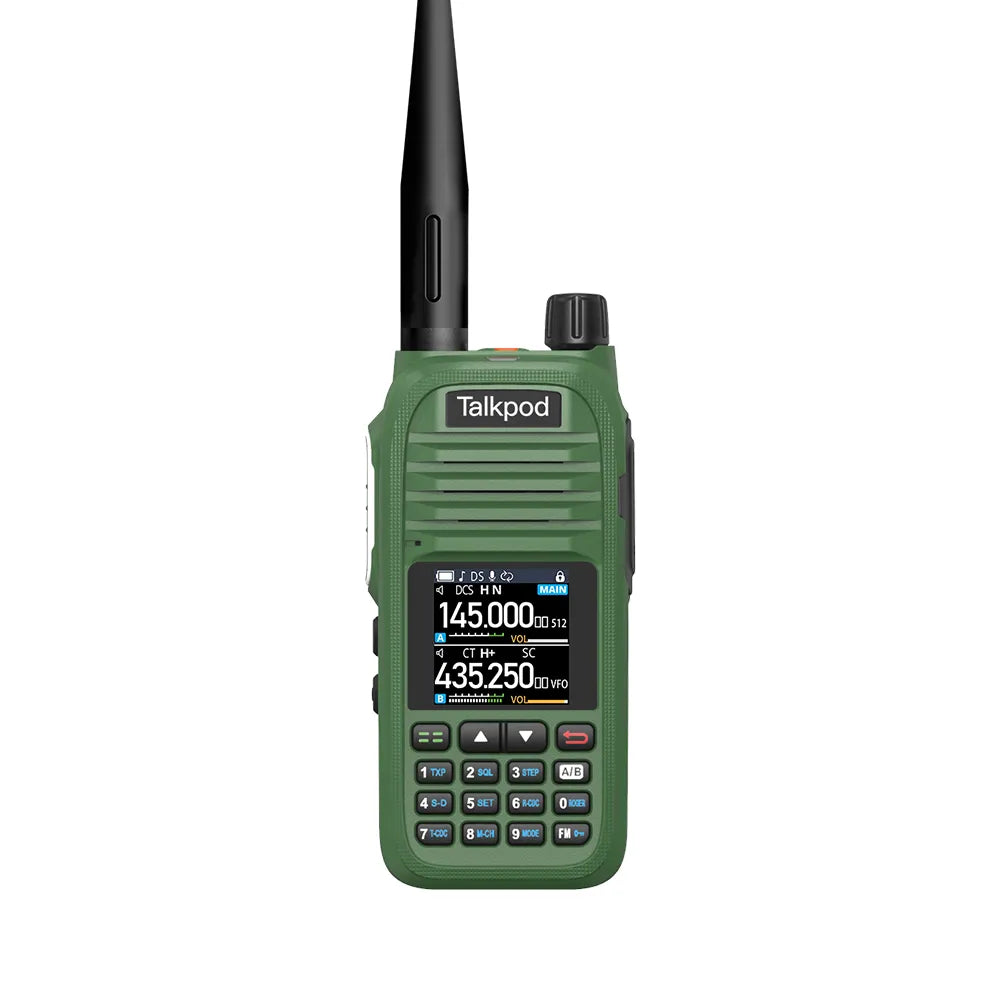
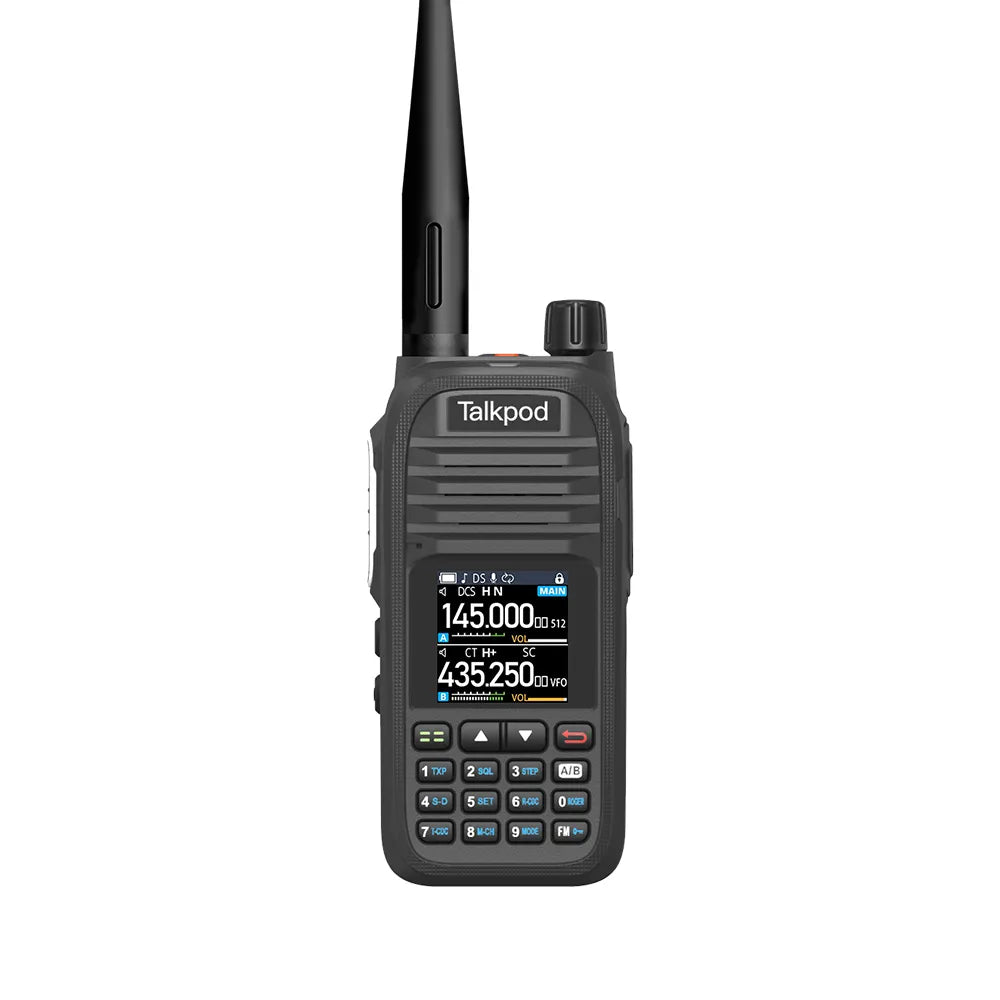
Leave a comment
All comments are moderated before being published.
This site is protected by hCaptcha and the hCaptcha Privacy Policy and Terms of Service apply.